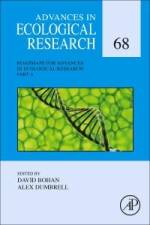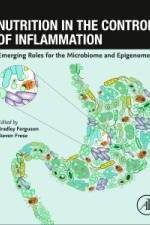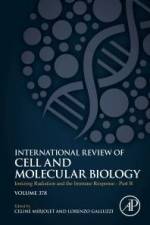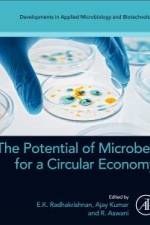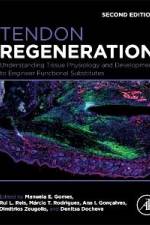av Bikesh Kumar Singh
1 815
Intelligent Computing Techniques in Biomedical Imaging: Methods, Case Studies, and Applications provides comprehensive and state-of-the-art applications of Computational Intelligence techniques used in biomedical image analysis for disease detection and diagnosis. The book offers readers a stepwise approach from fundamental to advanced techniques using real-life medical examples and tutorials. The editors have divided the book into five sections, from prerequisites to case studies. Section I presents the prerequisites, where the reader will find fundamental concepts needed for advanced topics covered later in this book. This primarily includes a thorough introduction to Artificial Intelligence, probability theory and statistical learning. The second section covers Computational Intelligence methods for medical image acquisition and pre-processing for biomedical images. In this section, readers will find AI applied to conventional and advanced biomedical imaging modalities such as X-rays, CT scan, MRI, Mammography, Ultrasound, MR Spectroscopy, Positron Emission Tomography (PET), Ultrasound Elastography, Optical Coherence Tomography (OCT), Functional MRI, Hybrid Modalities, as well as pre-processing topics such as medical image enhancement, segmentation, and compression. Section III covers description and representation of medical images. Here the reader will find various categories of features and their relevance in different medical imaging tasks. This section also discusses feature selection techniques based on filter method, wrapper method, embedded method, and more. The fourth section covers Computational Intelligence techniques used for medical image classification, including Artificial Neural Networks, Support Vector Machines, Decision Trees, Nearest Neighbor Classifiers, Random Forest, clustering, extreme learning, Convolution Neural Networks (CNN), and Recurrent Neural Networks. This section also includes a discussion of computer aided diagnosis and performance evaluation in radiology. The final section of Intelligent Computing Techniques in Biomedical Imaging provides readers with a wealth of real-world Case Studies for Computational Intelligence techniques in applications such as neuro-developmental disorders, brain tumor detection, breast cancer detection, bone fracture detection, pulmonary imaging, thyroid disorders, imaging technologies in dentistry, diagnosis of ocular diseases, cardiovascular imaging, and multimodal imaging.



